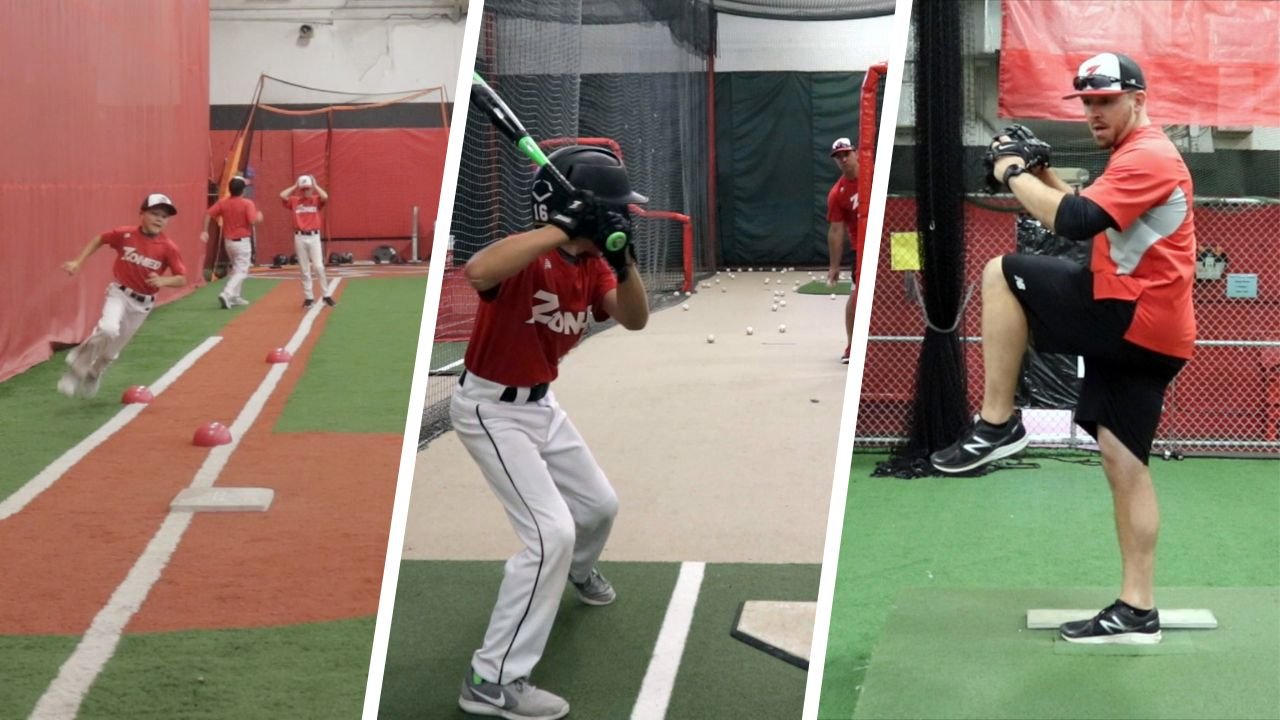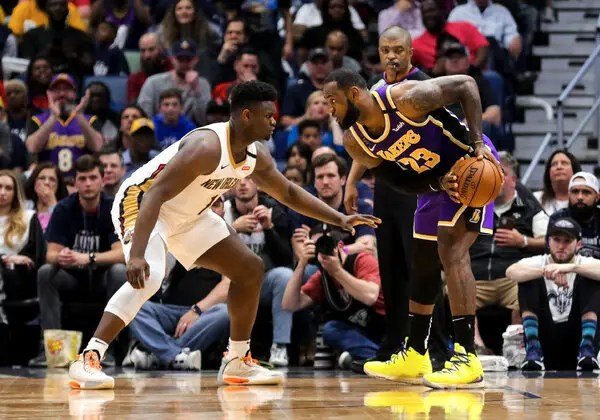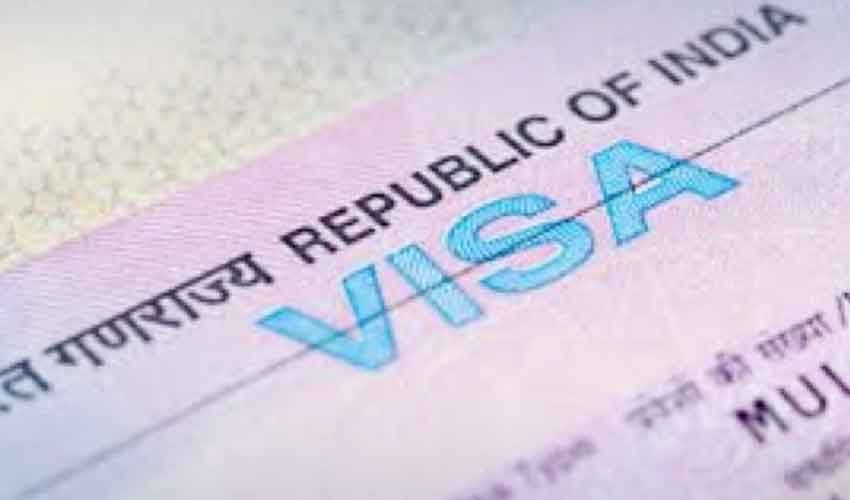Every year on July 4th, Americans celebrate Independence Day with fireworks, family gatherings, food, and baseball games. But in today’s digital-first world, another tradition has quietly joined the mix—opening Google to see what creative Independence Day Doodle awaits. Over the years, Google has used its homepage logo not just as a playful decoration, but as a meaningful tribute to freedom, culture, and unity.
In this article, we’ll explore how Google Doodles have celebrated the Fourth of July through the years, the symbolism hidden in their designs, and why they’ve become digital icons of patriotism and creativity. We’ll also take a closer look at the most memorable examples, including the famous Google Doodle Baseball Game, which many consider the ultimate July 4th experience.
The Origins of Google Doodles
A Brief History
The concept of Google Doodles began in 1998 when the company’s founders, Larry Page and Sergey Brin, placed a stick figure behind the Google logo to signal they were attending the Burning Man festival. The idea was simple: temporarily transform the logo to reflect events, holidays, or milestones.
Since then, Doodles have celebrated everything from international festivals to scientific achievements. For American holidays like Independence Day, they’ve become a way to highlight the spirit of freedom while also educating users across the globe.
Early Fourth of July Doodles: Simple Yet Patriotic
Fireworks and Flags (2000–2005)
The first Independence Day Doodles were straightforward but effective. They incorporated universally recognized patriotic symbols:
- 2000: The American flag was integrated into the Google logo.
- 2002–2004: Fireworks exploding behind the letters captured the festive spirit of July 4th.
Symbolism: These early designs sent a clear message—freedom, pride, and celebration. Even users outside the U.S. could instantly recognize the importance of the day.
Adding Whimsy (2006–2010)
As Doodles became more sophisticated, they also grew more playful.
- 2007: A Doodle showed fireworks bursting above the U.S. Capitol, tying Independence Day directly to national heritage.
- 2010: A picnic table filled with hamburgers, hot dogs, and sodas illustrated the communal side of July 4th celebrations.
Symbolism: These designs emphasized that Independence Day is not only about history but also about shared traditions—food, family, and fun.
Mid-Evolution: Storytelling Through Design
Nostalgia and Americana (2011–2015)
By the early 2010s, Doodles began telling deeper stories through design.
- 2011: A vintage postcard–style Doodle honored America’s history while evoking nostalgia.
- 2013–2015: Animated sparklers and fireworks gave Doodles a lively touch, reflecting the vibrancy of July 4th celebrations.
Symbolism: These designs showed how traditions of the past continue to shape present-day celebrations, reminding users of the enduring spirit of freedom.
Interactive and Playful (2016–2018)
Leading up to the landmark 2019 game, Doodles became more interactive.
- 2016: Animated fireworks sequences allowed users to see mini celebrations right on their screens.
- 2018: Playful imagery of summer picnics and baseball hinted at more ambitious interactivity to come.
Symbolism: These Doodles highlighted how freedom is expressed in everyday American traditions—from family gatherings to national pastimes.
The 2019 Google Doodle Baseball Game
No Fourth of July Doodle has captured public attention quite like the 2019 Google Doodle Baseball Game.
How the Game Worked
Players controlled food characters—hot dogs, burgers, fries—batting against peanut pitchers. Each successful swing could result in singles, doubles, triples, or home runs, with fireworks exploding for every big hit.
Why It Resonate So Strongly
- Baseball as America’s Pastime: The game perfectly aligned with July 4th traditions, as baseball has long been a symbol of American unity.
- Food as Cultural Icons: Hot dogs and burgers aren’t just snacks—they’re staples of Independence Day celebrations.
- Universal Accessibility: The game worked on desktop and mobile, requiring no downloads or instructions.
- Community Engagement: Players around the world competed for high scores, shared strategies, and bonded over the experience.
Legacy
The baseball game remains one of the most replayed Doodles in history. Even years later, people revisit it through the official Doodle archive. For those who want to experience it again, here’s a complete guide on how to play Google Doodle Baseball anytime.
Symbolism: The baseball Doodle wasn’t just a game—it was a celebration of freedom, nostalgia, and togetherness, wrapped in a playful digital experience.
Hidden Meanings in Independence Day Doodles
Fireworks as Freedom
Fireworks have been tied to Independence Day since 1777, when Philadelphia marked the first anniversary of independence with an explosive display. Doodles featuring fireworks reflect joy, resilience, and the ongoing pursuit of freedom.
Baseball as Unity
By highlighting baseball, Doodles connect to a sport that symbolizes teamwork, tradition, and cultural identity. It’s an activity that brings people together on July 4th, whether in stadiums or backyards.
Food as Shared Experience
Hot dogs, burgers, popcorn, and peanuts remind us that food plays a central role in how Americans celebrate. These Doodles reflect the communal aspect of freedom, where everyone gathers around a table—or in this case, a screen.
Colors and Patriotism
Nearly every Fourth of July Doodle incorporates red, white, and blue. This consistent choice ties directly to the American flag, reminding users of the sacrifices and triumphs behind the holiday.
Why Google Doodles Matter on Independence Day
Educating Global Audiences
With billions of daily users, Google Doodles act as mini cultural ambassadors. For non-Americans, they serve as an introduction to U.S. traditions and history.
Creating Shared Digital Traditions
Just as fireworks displays bring people together in physical spaces, Doodles create shared digital experiences. Millions open their browsers on July 4th and see the same creative tribute.
Nostalgia and Memory
Revisiting older Doodles through the archive allows users to relive past holidays. The 2019 baseball game, for example, continues to spark fond memories of family competitions and viral online challenges.
Revisiting and Exploring More Doodles
If you’re curious to explore past designs, the Google Doodles Archive offers a complete history of July 4th tributes. From static illustrations to interactive games, it’s a visual timeline of how celebrations have evolved.
For in-depth guides, gaming strategies, and insights into Google’s playful creations, platforms like Game Insider Hub are excellent resources to dive deeper into the world of Doodles.
Looking Toward the Future of July 4th Doodles
The future promises even more creativity. Potential directions include:
- Augmented Reality Fireworks: Users could project Doodle fireworks into their own surroundings.
- Multiplayer Doodle Games: Families might soon compete in July 4th mini-games together online.
- AI-Personalized Experiences: Doodles could adapt to local traditions, showcasing regional Independence Day celebrations.
No matter the technology, the mission remains the same: celebrating freedom and unity through creativity.
Conclusion
From simple flag illustrations in the early 2000s to the unforgettable baseball game of 2019, Google Doodles have become digital tributes to the spirit of freedom. They entertain, educate, and inspire, reminding us that Independence Day is about more than fireworks—it’s about unity, tradition, and joy.
Key takeaways:
- Early Doodles emphasized patriotic symbols like flags and fireworks.
- Later designs told deeper cultural stories through food, family, and baseball.
- The 2019 baseball game remains a cultural landmark of digital celebration.
- Each Doodle carries hidden meanings that tie back to freedom, tradition, and community.
As technology evolves, one thing is certain: Google Doodles will continue to play a central role in how we experience Independence Day online. The next time you open Google on July 4th, remember—you’re not just seeing a logo; you’re witnessing a creative tribute to freedom itself.





